While the 2019 edition of Artissima, the contemporary art exhibition-market that as every year takes place in Turin, is in full swing, after offering you our comments with a gallery of the strongest, most interesting and irreverent works, today we offer you a best of with a selection of works that we decided to go in depth (for their themes, quality, authors’ curriculum, originality, aesthetic value) and that we present with all the prices asked by the galleries.
Chris Johanson, Open session all welcome (2003), presented by Georg Kargl Fine Arts. Request: 42,000 euros.
Chris Johanson (San Jose, 1968), a Californian artist based in San Francisco, who started out as a street artist, is strongly interested in themes related to urban realities and, given also his training, his work is a sum of graffiti, comics and street art. His language ranges from drawing to painting on panel, although Johanson prefers unconventional formats, as shown in this Open session all welcome presented by Georg Kargl Fine Arts. The work is a view of a dystopian city imbued with sarcasm directed at politics, social mores, consumerism, and life in American cities. The result is a work that, although colorful, also appears grotesque, where everything is seamlessly intertwined and intersected, where control is exercised over the inhabitants, where citizens indulge in less than happy comments about their condition.
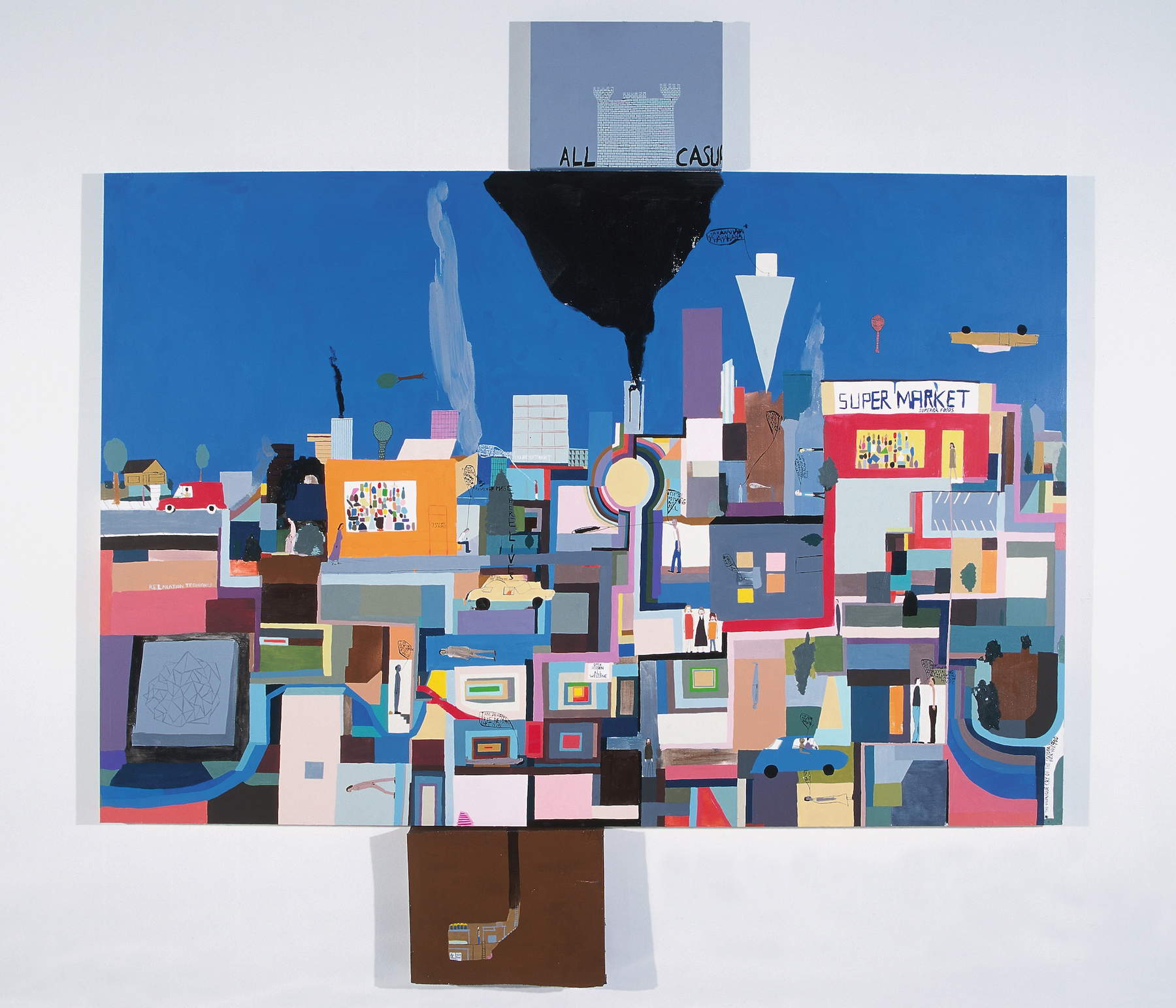 |
| Chris Johanson, Open session all welcome (2003; acrylic on panel, 170 x 252 cm), presented by Georg Kargl Fine Arts. Request: 42,000 euros. |
Annette Lemieux, Excerpt-2 (2019), submitted by Mazzoli. Request: 25 thousand euros.
Excerpt-2, along with its counterpart Excerpt-3, is a work by American artist Annette Lemieux (Norfolk, Virginia, 1957) that reflects on control in contemporary society. To create it, Lemieux used some covers from George Orwell’s novel 1984, juxtaposing them with details of eyes taken from paintings in art history (Odilon Redon, Philip Guston and others). The result is a set of eyes staring at the viewer and reasoning about the fact that censorship has always been present since ancient times (times to which the eyes of ancient painters refer) and, through modern technological means, enters powerfully into today’s world.
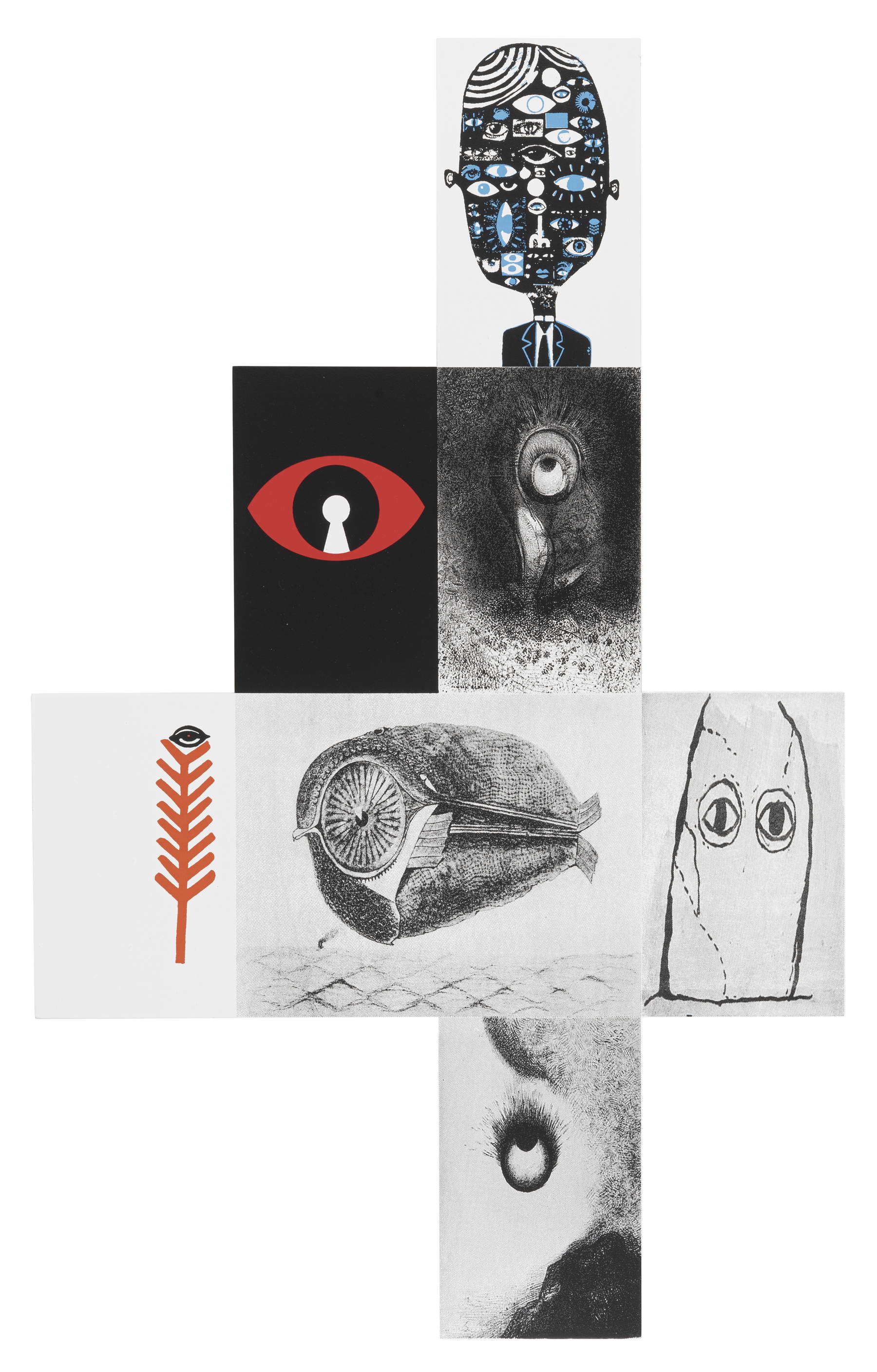 |
| Annette Lemieux, Excerpt-2 (2019; print on panel, 81.3 x 50.8 cm), presented by Mazzoli. Request: 25,000 euros. |
IRWIN (Andrej Savski), Curiosity (2007), submitted by Gregor Podnar. Request: 24 thousand euros.
IRWIN is a historic collective of Slovenian artists, formed by Dušan Mandič, Miran Mohar, Andrej Savski, Roman Uranjek, and Borut Vogelnik, belonging to the important Neue Slowenische Kunst (NSK) movement, one of the major cultural phenomena that appeared in the former Yugoslavia (its origins date back to 1984, when Slovenia was not yet independent). If the celebrated Laibach formed the “musical” wing of NSK, IRWIN embodied the visual side instead. Their work assimilates elements of Romanticism, Modernism and Suprematism: usually, IRWINs start from symbols (political, religious or popular, as in this case: a proverb) to examine their function and meanings. To discover this, according to IRWINs it is necessary to find the origins of the symbol, and reconstruction can only be done if the symbol is deconstructed by going back to the elements that originated it. But in this way, symbols are also given a new connotation, often taking on humorous overtones. Curiosity is a 2007 work by Andrej Savski that well embodies this procedure: the proverb Curiosity killed the cat (“curiosity kills the cat,” said to warn someone of the dangers one risks by facing the unknown) is deconstructed in its basic elements, namely the question mark and the cuddly kitten who does not know what he will encounter. The result is a work with disturbing contours, as is typical of IRWIN’s work.
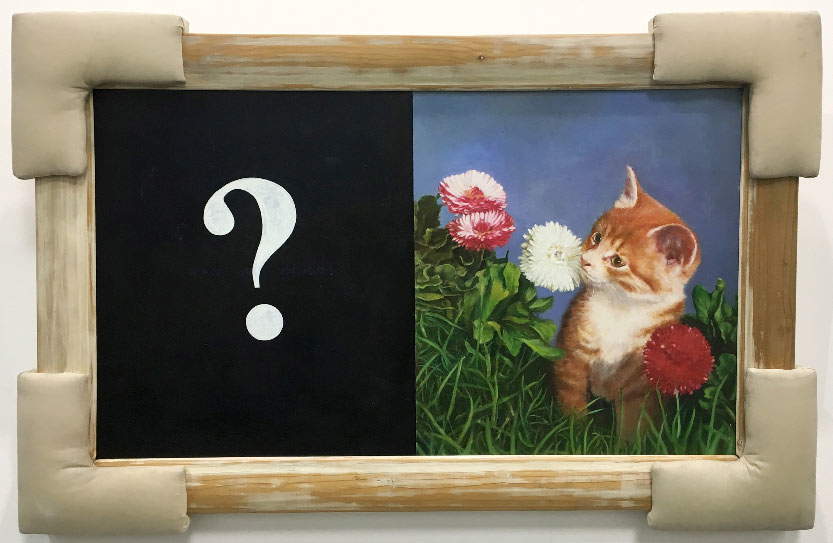 |
| IRWIN (Andrej Savski), Curiosity (2007; oil on panel, 66 x 100.5 cm), submitted by Gregor Podnar. Request: 24,000 euros. |
Thomas Braida, Siesta del sol, siesta per tutti (2019), submitted by Monitor. Request: 22 thousand euros.
Thomas Braida (Gorizia, 1982), among the most interesting emerging painters on the Italian scene, is a figurative painter who is used to working on large formats, as in this Siesta del sol, siesta per tutti, a large work on canvas nearly five meters wide depicting a piece of beach by the sea, where a plethora of disparate characters appear: topless girls and Brazilian-style costumes, skeletons, horses, various animals, armor, detached heads. With quotations from art history (above, for example, a clear reference to Füssli’sNightmare ). All taken with a bird’s-eye view: practically the perverse (and therefore more interesting) version of the Lithuania Pavilion at the Venice Biennale.
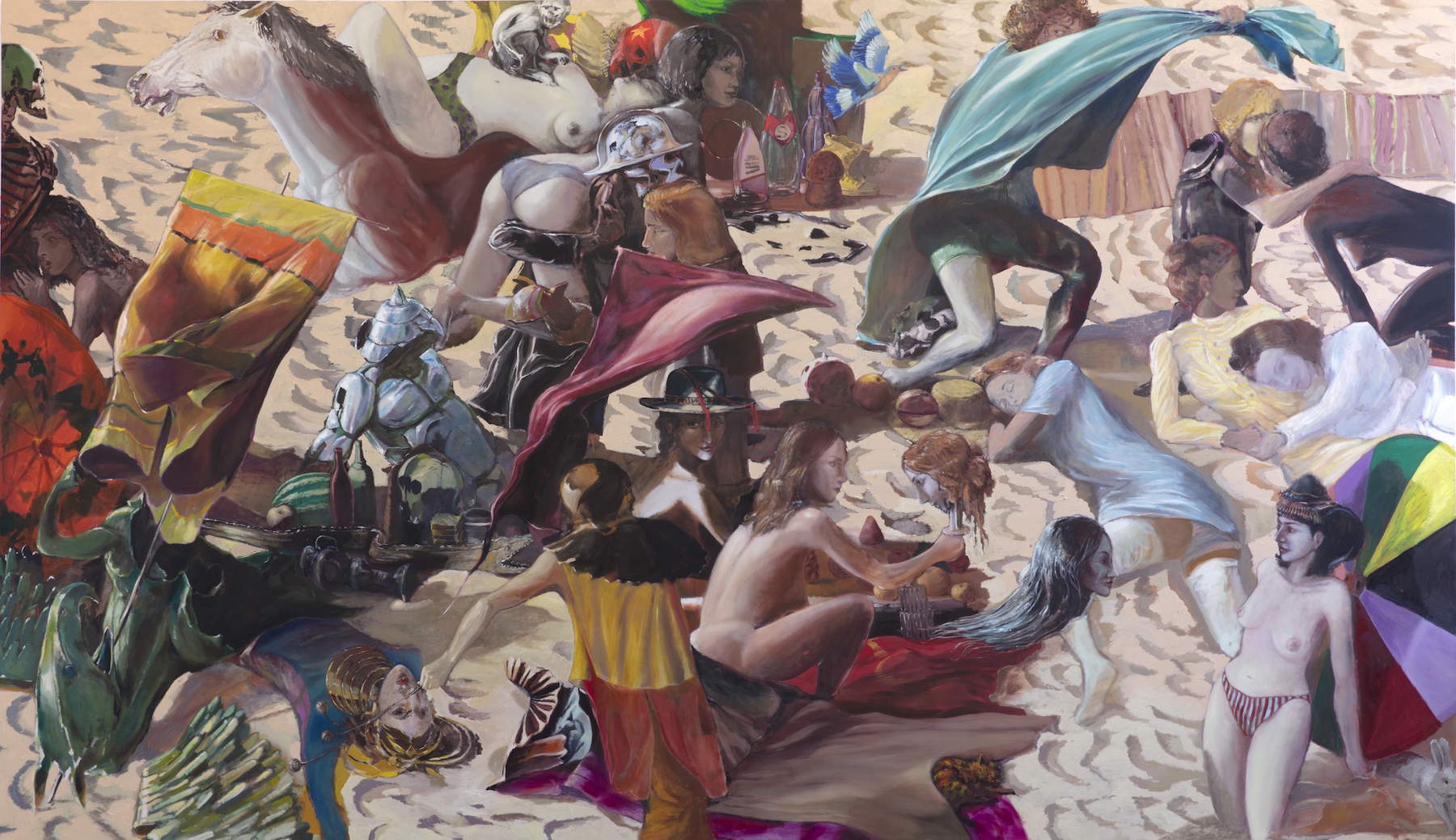 |
| Thomas Braida, Siesta del sol, siesta per tutti (2019; oil on canvas, 280 x 480 cm), presented by Monitor. Request: 22,000 euros. |
Frances Goodman, Romancing the mirror (2018), presented by Smac. Request: 17-19 thousand euros.
South African gallery Smac brings a number of works by artist Frances Goodman (Johannesburg, 1975) to Artissima, including Romancing the mirror, part of a core group of works made with sequins that capture women in moments of privacy or rest: for example, in the bathroom, while looking at themselves in the mirror (as in this case), taking a selfie, and so on. The sequins make the work resemble a digital image made of pixels, but this unusual material, in the author’s intentions, should reflect and at the same time change the way we look at the image. That is to say, we need to look at the image from different points of view in order to see it well and fully understand it, which makes us resemble voyeurs who heavily invade the privacy of the girls depicted, with the result that the South African artist’s works also become symbolic of the way we look at women’s intimacy (especially through social media: the image made of sequins, as mentioned, is meant to recall digital images). To make her works, Frances Goodman starts with photographs and then applies the sequins by hand to the canvas.
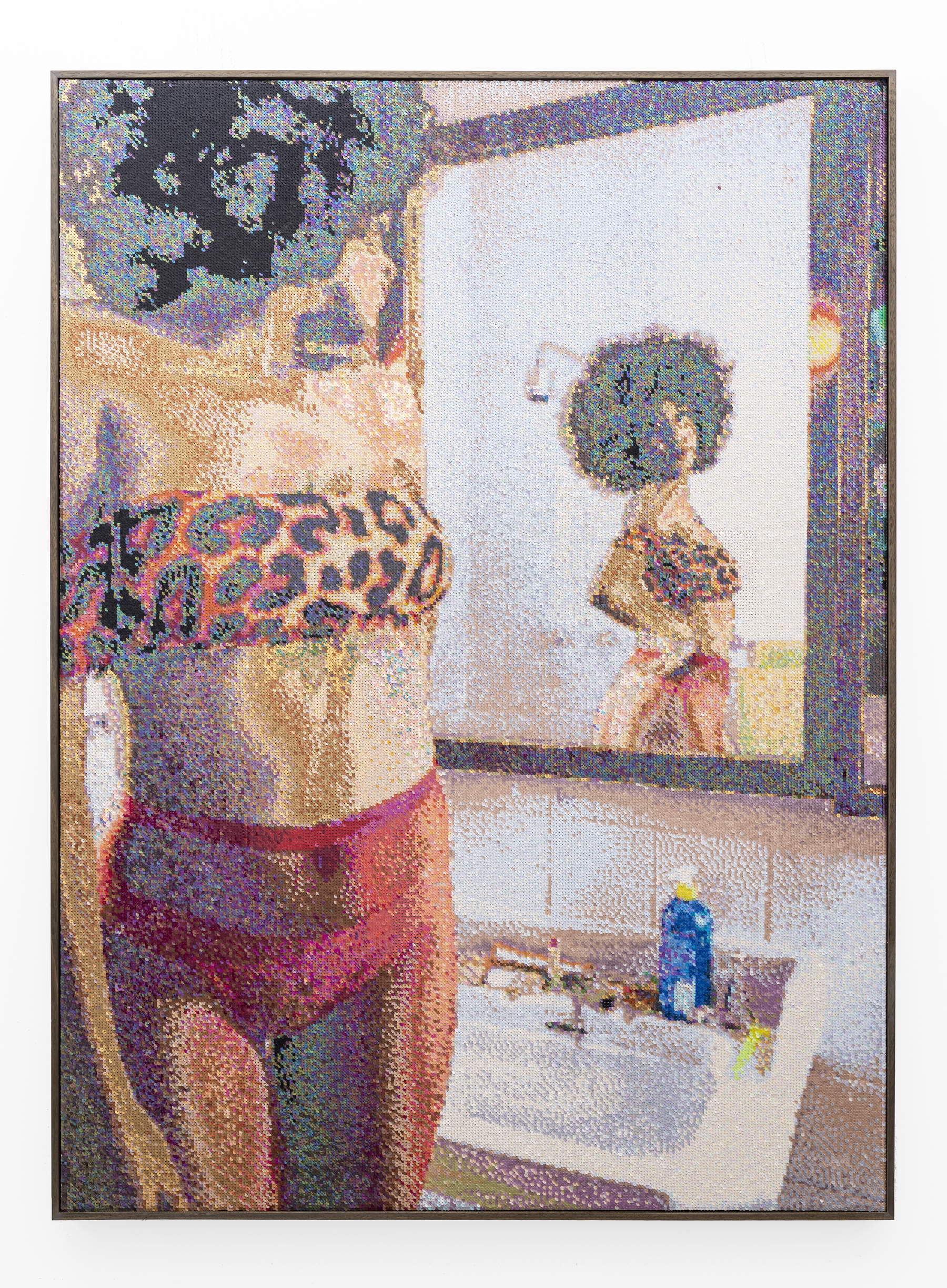 |
| Frances Goodman, Romancing the mirror (2018; sequins on canvas, 160 x 115 cm), presented by Smac. Request: 17-19 thousand euros. |
Rezi van Lankveld, Double (2019), presented by Annet Gelink Gallery. Request: 17,500 euros.
Dutch artist Rezi van Lankveld (Amlelo, 1973) is among the most representative names in her country’s art scene. She trained at the Jan van Eyck academie and the Gerrit Rietveld Academie and has exhibited all over the world (including in Italy: at the Centro Pecci in Prato in 2013). Her method is very particular and laborious (so much so that she hardly produces more than ten paintings a year): she spreads the colors in several layers on the support, after which she arranges them by making them move (and not always using the brush). This method is a kind of game between “permission and prohibition,” as the artist likes to think of it, since the movement of the colors is continually controlled in a process that is more intuitive than rational, however, and lies somewhere between chance and intention. The result is works that, like this one, stand between abstraction and figuration.
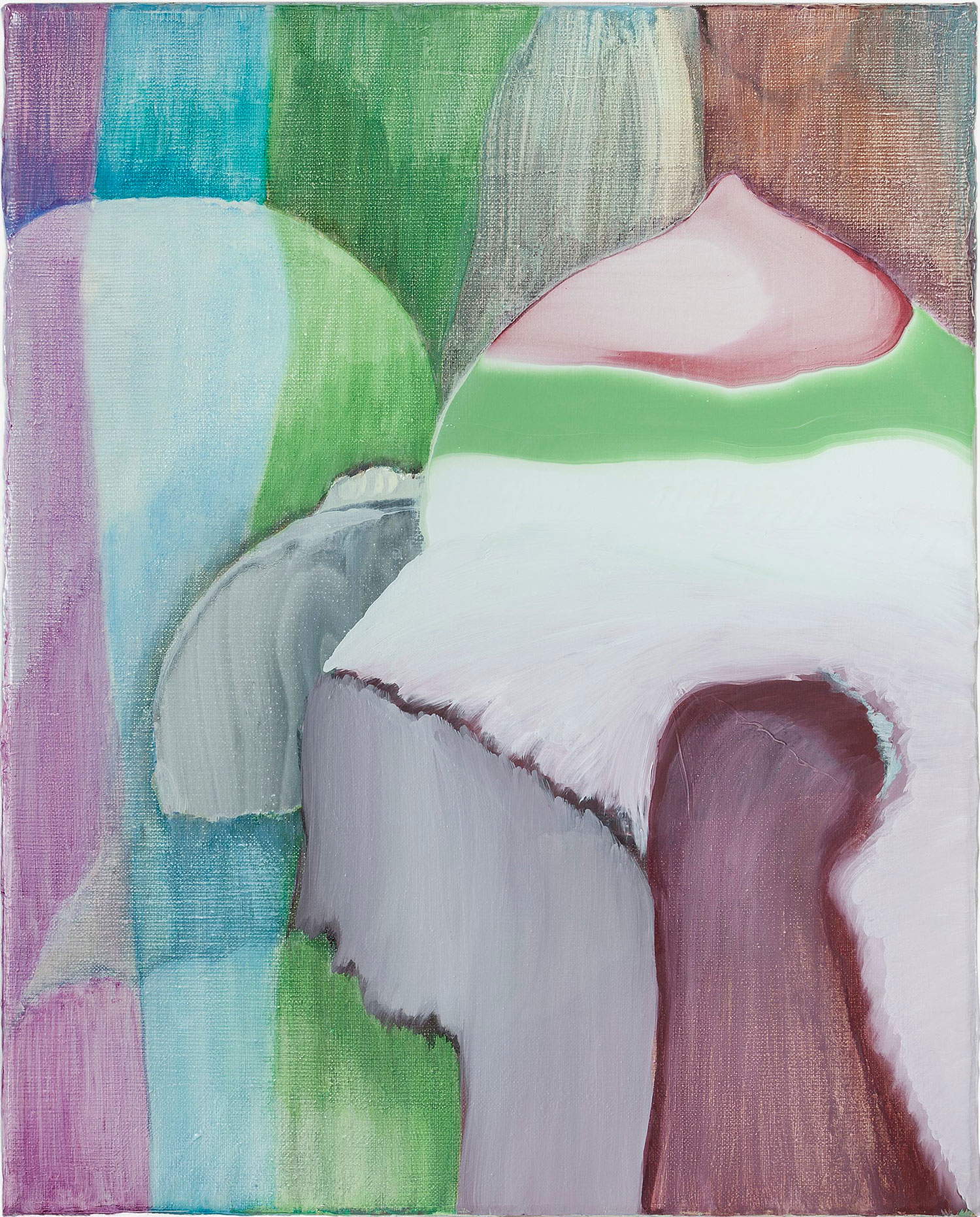 |
| Rezi van Lankveld, Double (2019; oil on canvas, 50 x 40 cm), presented by Annet Gelink Gallery. Request: 17,500 euros. |
Naiza Khan, City wrapped in a web (2011), presented by Rossi&Rossi. Request: 6,000.
Naiza Khan (Bahawalpur, 1968), this year’s protagonist of the Pavilion of Pakistan (her country of origin, moreover, present this year for the first time at the Biennale) with the critically acclaimed exhibition Manora Field Notes, is an artist who works in multiple languages. With her views of cities from above, Khan investigates how the environment and especially human landscapes change over time.Since 2010, the Pakistani artist has been turning her attention to the relationship between space, architecture and human presence. In her work, however, cities are not only transformed over time, but also in space, taking on different forms and meanings: an example of this poetic of hers (which has led her in the past to liken the city to a female body, for example) is City wrapped in a web, where we do not see the city because it is hidden by a spider web, with all that this entails on a symbolic level (censorship, connections, hiding, pollution, and whatnot).
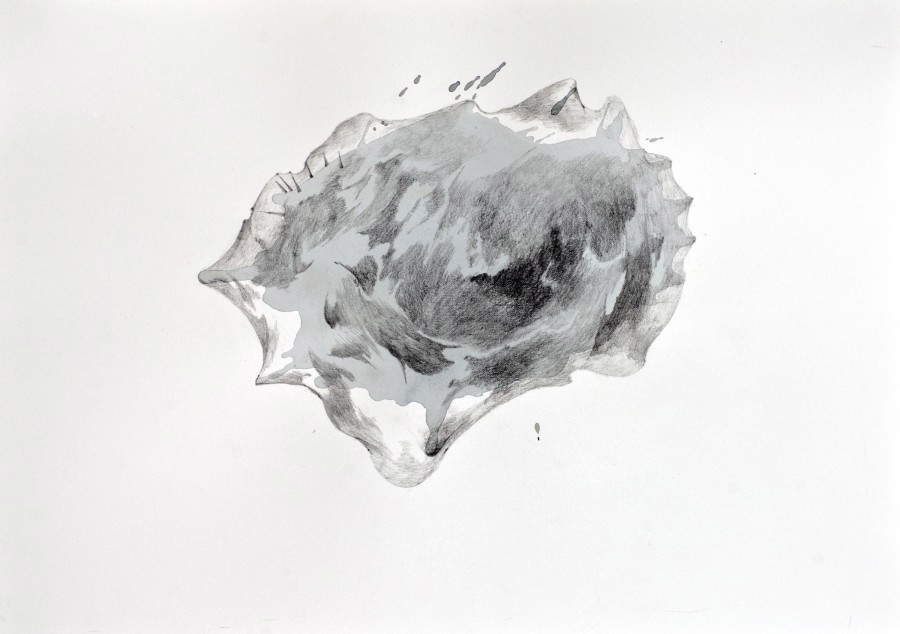 |
| Naiza Khan, City wrapped in a web (2011; ink and watercolor on paper, 36 x 51 cm), presented by Rossi&Rossi. Request: $6,000. |
Anna Zacharoff, Shrimp in person and Shrimp in the nude (2019), presented by Issues. Request: 3,200 euros each.
Swedish gallery Issues, one of the new entries at Artissima, brings to the Turin fair the works of young Swedish artist Anna Zacharoff (Stockholm, 1987), who is active in Brussels. Zacharoff, since her beginnings, has always shown a great interest in life under the sea, and she manifests this at Artissima as well with a series that depicts, in seven different paintings, a more or less clothed shrimp, right up to complete nudity (two works from the series, Shrimp in person and Shrimp in the nude, are featured at Artissima). Already shown in the solo exhibition Nudity now, this is a series that tells a story: that of a shrimp that is abused as it is forced to strip against its will. An interesting metaphor rendered with essentiality by a young artist.
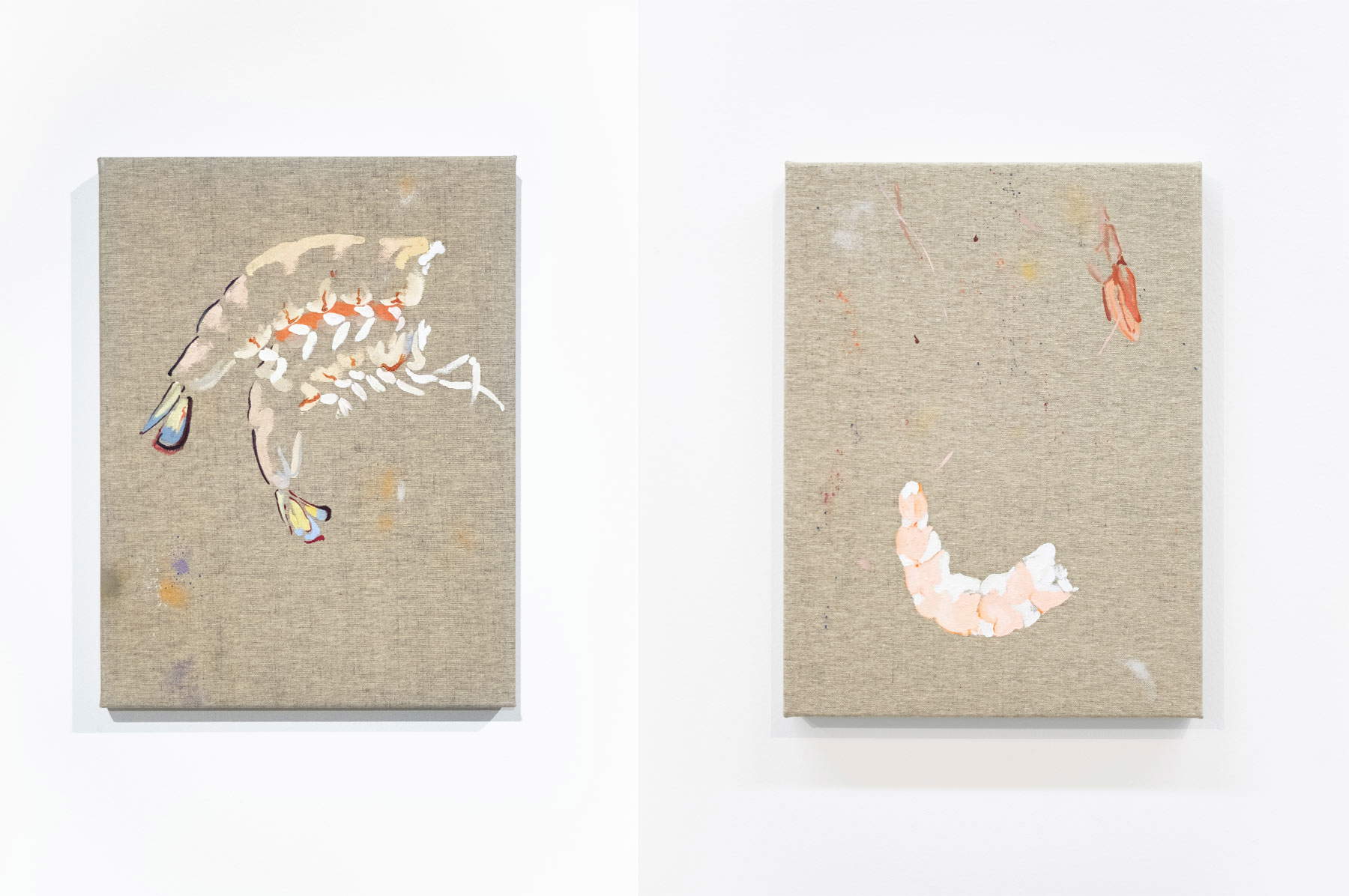 |
| Anna Zacharoff, Shrimp in person and Shrimp in the nude (2019; oil on canvas, 40 x 30 cm), presented by Issues. Request: 3,200 euros each. |
Katarína Poliačiková, My room is a sundial (2017), presented by Jiri Svestka Gallery. Request: 2,000 euros each.
“To feel the warmth of the sun on one’s bare skin,” Katarína Poliačiková (Myjava, 1982) comments about her work My room is a sundial, a triptych of prints, “is one of the most human and most luxurious feelings. Do you agree? And the light and soul of a space. You can tell a place is your home when you’ve seen how the light changes through the seasons. [...] My south-facing apartment on the 11th floor is both a sundial and a camera. Like a bus, it moves, albeit with the slowness of planetary motion, absorbing a sequence of sunbeams that illuminate every room. The end of autumn is the season during which I wait and watch the light, trap it, and then observe its subtle changes as the day begins to lengthen.”
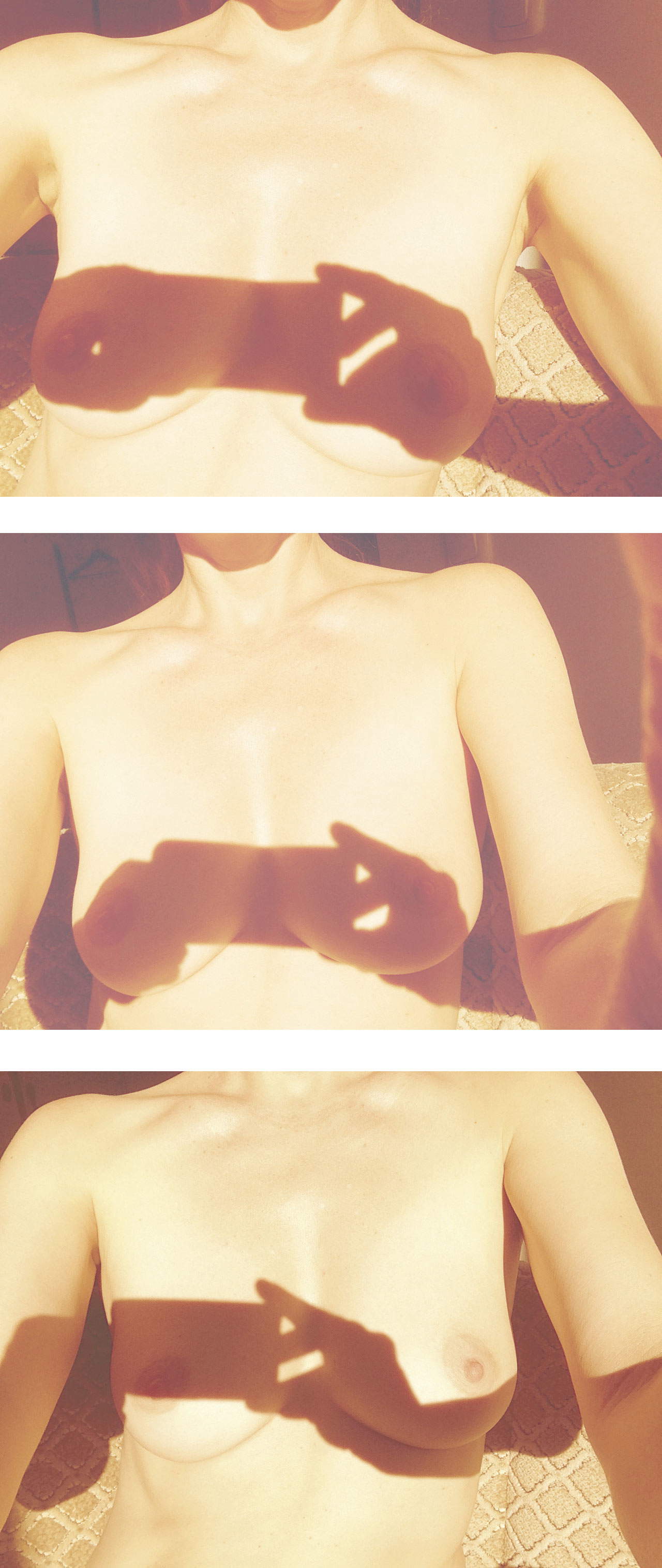 |
| Katarína Poliačiková, My room is a sundial (2017; print on cotton paper, 52.7 x 67.8 cm), presented by Jiri Svestka Gallery. Request: 2,000 euros each. |
Warning: the translation into English of the original Italian article was created using automatic tools. We undertake to review all articles, but we do not guarantee the total absence of inaccuracies in the translation due to the program. You can find the original by clicking on the ITA button. If you find any mistake,please contact us.